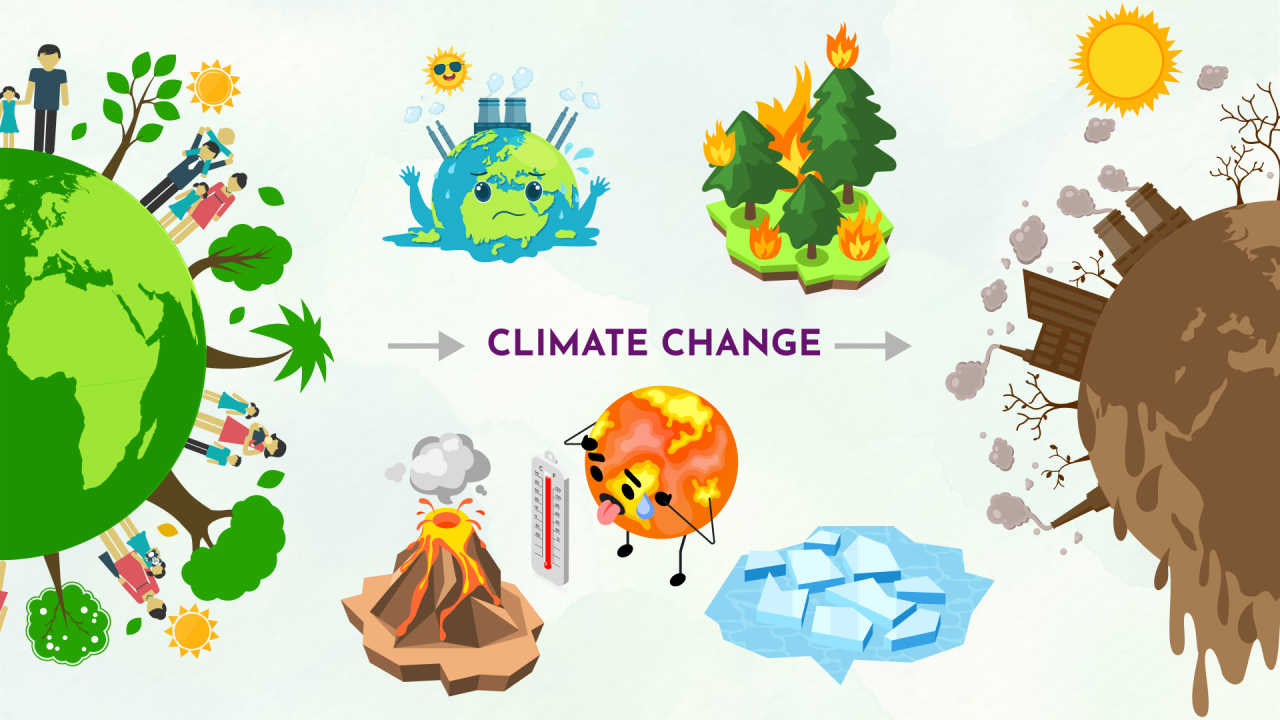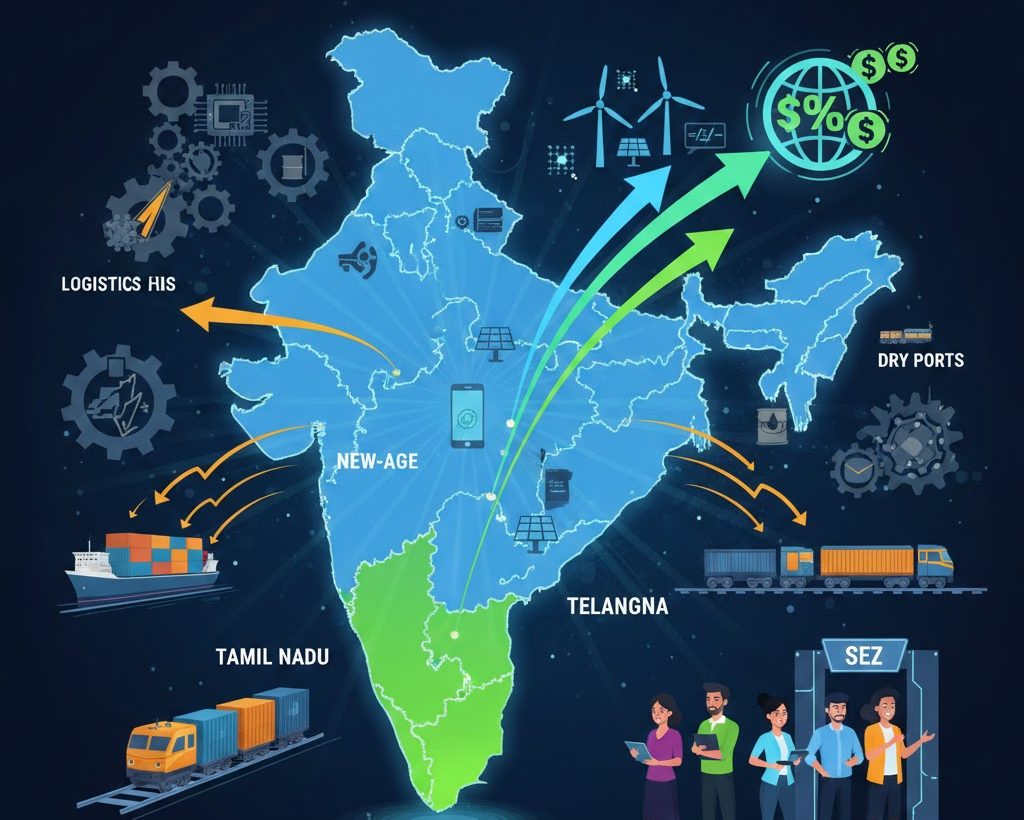The Silent Threat: Sunscreen Pollution and Its Impact on Marine Life
Introduction
The idyllic vision of coral reefs, teeming with vibrant marine life, is under siege from an unexpected source: sunscreen. Recent studies estimate that between 6,000 and 14,000 tonnes of ultraviolet (UV) filters from sunscreens infiltrate coral reef zones annually. While these filters are essential for protecting human skin from sun damage, they introduce a significant and often overlooked form of pollution. Sunscreen chemicals do not simply dissolve in water; they persist, accumulate, and affect a wide range of marine organisms, from corals to fish and even the larger predators that feed on them.
This issue is particularly pressing in regions with extensive coral reefs and high levels of coastal tourism. India, home to ecologically rich marine ecosystems such as the Andaman and Nicobar Islands, the Lakshadweep archipelago, and the Gulf of Mannar, is emerging as an important area of concern. With increasing domestic and international tourism, sunscreen pollution poses a direct threat to India’s fragile marine biodiversity. This essay explores the pathways through which sunscreen pollutants enter marine ecosystems, their ecological and socio-economic consequences, and the urgent need for research and policy intervention to prevent irreversible damage.
The Pathways of Sunscreen Pollution into Marine Environments
Sunscreens contain two main types of UV filters: organic (chemical) and inorganic (mineral). Organic filters such as oxybenzone, octinoxate, and avobenzone absorb UV radiation, while mineral variants like zinc oxide and titanium dioxide reflect or scatter it. Both types find their way into marine ecosystems through direct and indirect means. Swimmers can release up to 90% of applied sunscreen into the water, while wastewater systems, largely ineffective in filtering out these compounds, discharge them into rivers and oceans. Urban runoff exacerbates contamination, particularly in coastal regions with high tourist activity.
Once in the ocean, these chemicals act as “pseudo-persistent” pollutants, meaning they continuously enter the environment and resist degradation. They accumulate in sediments and in the fatty tissues of marine organisms, posing long-term ecological risks.
Impact on Coral Reefs: The Heart of Marine Biodiversity
Coral reefs, often termed the “rainforests of the sea,” are among the most threatened marine ecosystems due to climate change, overfishing, and now, sunscreen pollution. Oxybenzone, a common ingredient in many sunscreens, has been identified as particularly harmful. It disrupts the symbiotic relationship between corals and their algae, zooxanthellae, by leaching vital nutrients. This process triggers coral bleaching, where corals expel the algae, lose their colour, and often die.
A 2015 study by Downs et al. titled “Toxicopathological Effects of the Sunscreen UV Filter, Oxybenzone (Benzophenone-3), On Coral Planulae and Cultured Primary Cells and Its Environmental Contamination in Hawaii And the U.S. Virgin Islands” (Archives of Environmental Contamination and Toxicology, 70, 265–288. https://doi.org/10.1007/s00244-015-0227-7) found that oxybenzone concentrations as low as 62 parts per trillion—equivalent to a single drop in six Olympic-sized swimming pools—can induce coral bleaching. Beyond bleaching, these chemicals damage coral DNA, impair reproduction, and hinder larval development, significantly reducing the chances of reef recovery.
Given that an estimated 14,000 tonnes of sunscreen chemicals enter coral reef areas annually, the cumulative effects are devastating. Reefs already struggling with rising ocean temperatures face an added burden that accelerates their decline.
India’s Marine Ecosystems at Risk
India’s coastline stretches over 7,500 km, encompassing some of the world’s most diverse and ecologically significant marine environments. The Andaman and Nicobar Islands, Lakshadweep, and the Gulf of Mannar support extensive coral reef ecosystems, crucial for biodiversity and local livelihoods. However, these fragile habitats are increasingly vulnerable to pollution from tourism and coastal urbanisation.
The Andaman and Nicobar Islands, for example, attract thousands of snorkellers and divers each year. Studies have shown that even low levels of sunscreen chemicals can have detrimental effects on coral reefs. With the Indian government promoting eco-tourism in these regions, there is an urgent need for regulatory measures to prevent further damage.
Additionally, wastewater discharge containing sunscreen pollutants affects marine biodiversity in areas like Goa and Kerala, where coastal tourism thrives. Unlike some Western nations that have introduced bans on harmful sunscreen ingredients, India lacks stringent regulations on the sale and use of such products. Raising public awareness and encouraging the use of eco-friendly alternatives could significantly mitigate this issue.
Effects on Marine Biodiversity and Food Webs
Sunscreen chemicals extend their impact beyond corals, affecting a wide range of marine species at various trophic levels. Studies show that UV filters can disrupt hormonal functions in fish, leading to reproductive issues, developmental abnormalities, and altered behaviours such as reduced predator avoidance.
Phytoplankton, the foundation of marine food chains, also suffer from sunscreen exposure. Some UV filters inhibit their growth, which can have cascading effects throughout marine ecosystems. The bioaccumulation of these chemicals further raises concerns, as they accumulate in the tissues of marine organisms, magnifying their effects on larger predators, including fish consumed by humans.
Mitigation Strategies and Their Challenges
Recognising the risks posed by sunscreen pollution, several regions have implemented bans on harmful chemicals. Hawaii, the US Virgin Islands, and Palau have prohibited the sale of sunscreens containing oxybenzone and octinoxate. Additionally, the promotion of “reef-safe” sunscreens, which use alternative ingredients like non-nano zinc oxide or titanium dioxide, has gained traction.
In India, conservation efforts have been slow, but awareness is growing. The government could take inspiration from international policies and encourage the development of reef-safe sunscreens. Additionally, promoting sustainable tourism practices, such as educating visitors on the impact of sunscreen pollution and encouraging protective clothing as an alternative, could significantly reduce marine contamination.
The Urgent Need for Research and Policy Action
Despite growing awareness, substantial knowledge gaps remain regarding the long-term effects of sunscreen pollutants on marine ecosystems. Most research has focused on a limited number of species, and little is known about how these chemicals interact with other pollutants. There is also an urgent need for studies on the effects of UV filter degradation products, which may be just as harmful as the original compounds.
In India, a lack of scientific data and regulatory oversight has hindered policy development. The establishment of research programmes focusing on sunscreen pollution’s impact on Indian marine ecosystems would provide essential insights for conservation efforts. Implementing regulations on harmful sunscreen ingredients and improving wastewater treatment facilities could play a crucial role in reducing pollution levels.
Conclusion
Sunscreen pollution highlights the unintended environmental consequences of human activity. While climate change is the most significant threat to marine ecosystems, chemical pollution from personal care products is an urgent and solvable issue. India, home to diverse and fragile marine habitats, must implement proactive measures to prevent lasting damage. Through dedicated research, strong policies, and public awareness, we can safeguard both human health and ocean biodiversity. Immediate action is essential to preserve marine ecosystems and prevent further harm. Protecting our oceans now ensures a sustainable future for marine life and the communities that depend on them.


